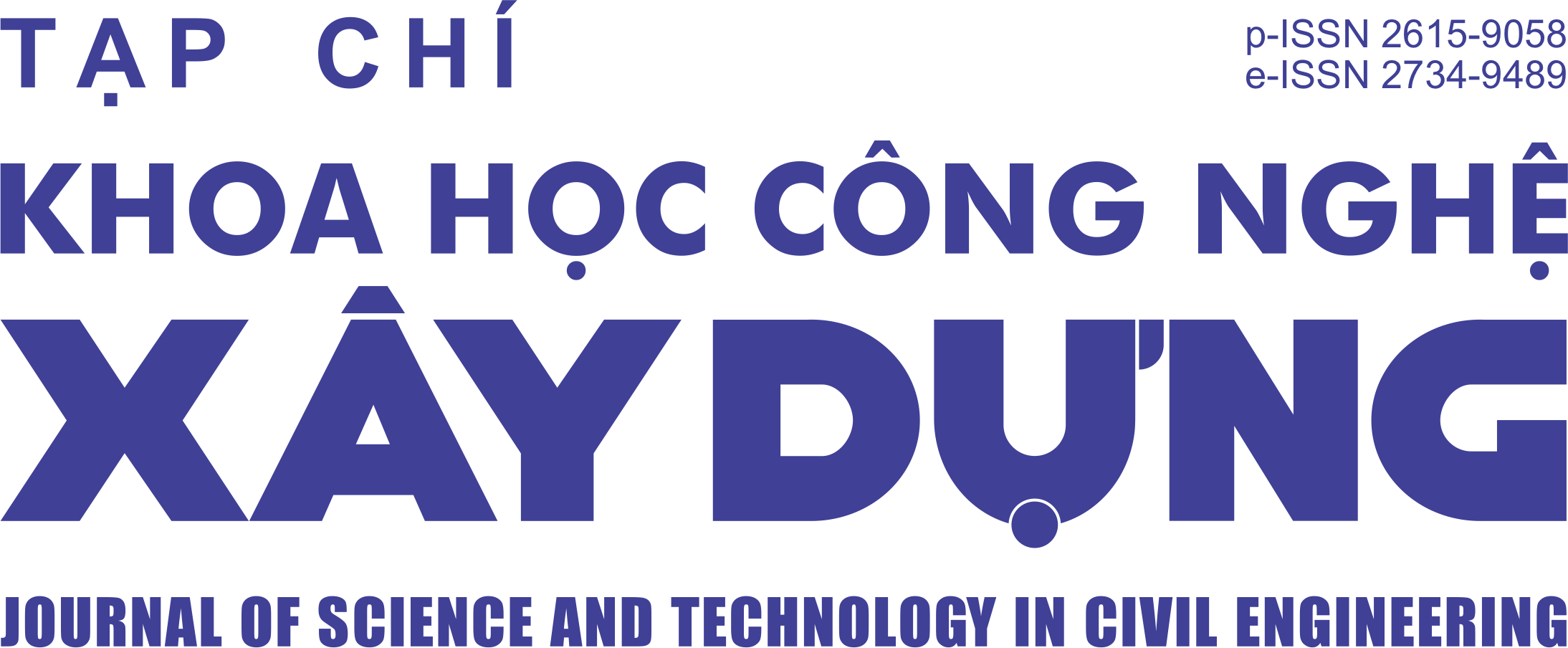A deep learning-based procedure for estimation of ultimate load carrying of steel trusses using advanced analysis
Abstract
In the present study, Deep Learning (DL) algorithm or Deep Neural Networks (DNN), one of the most powerful techniques in Machine Learning (ML), is employed for estimation of ultimate load factor of nonlinear inelastic steel truss. Datasets consisting of training and test data are created based on advanced analysis. In datasets, input data are the member cross-sections of the truss members and output data is the ultimate load factor of the whole structure. An example of a planar 39-bar steel truss is studied to demonstrate the efficiency and accuracy of the DL method. Five optimizers such as Adadelta, Adam, Nadam, RMSprop and SGD and five activation functions such as ELU, LeakyReLU, Sigmoid, Softplus, and Tanh are considered. Based on analysis results, it is proven that DL algorithm shows very high accuracy in the regression of the ultimate load factor of the planar 39-bar nonlinear inelastic steel truss. The number of layers can be selected with a small value such as 1, 2 or 3 layers and the number of neurons in each layer can be chosen in the range [Ni, 3Ni] with Ni is the number of input variables of the model. The activation functions ELU and LeakyReLU have better convergence speed of the training process compared to Sigmoid, Softplus and Tanh. The optimizer Adam works well with all activation functions considered and produces better MSE values regarding both training and test data.
Keywords:
deep learning; artificial neural networks; nonlinear inelastic analysis; steel truss; machine learning.
Downloads
Copyright (c) 2019 National University of Civil Engineering

This work is licensed under a Creative Commons Attribution-NonCommercial-NoDerivatives 4.0 International License.
1. The Author assigns all copyright in and to the article (the Work) to the Journal of Science and Technology in Civil Engineering (JSTCE) – Hanoi University of Civil Engineering (HUCE), including the right to publish, republish, transmit, sell and distribute the Work in whole or in part in electronic and print editions of the Journal, in all media of expression now known or later developed.
2. By this assignment of copyright to the JSTCE, reproduction, posting, transmission, distribution or other use of the Work in whole or in part in any medium by the Author requires a full citation to the Journal, suitable in form and content as follows: title of article, authors’ names, journal title, volume, issue, year, copyright owner as specified in the Journal, DOI number. Links to the final article published on the website of the Journal are encouraged.
3. The Author and the company/employer agree that any and all copies of the final published version of the Work or any part thereof distributed or posted by them in print or electronic format as permitted herein will include the notice of copyright as stipulated in the Journal and a full citation to the Journal as published on the website.







